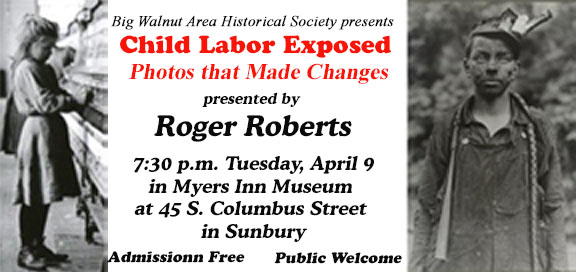|
|
||||
|
As industrialization emerged in the Western World in the 1700ís and 1800ís, factory owners were always looking to increase profits. One method they found was to cut expenses by using children to work up to 70 hours a week for maybe a dollar in pay. Factory work and other work was most often hard and conditions were unclean and unsafe. Children could be working by age 4 and most often came from poor families which meant there was no time for school or social events. It is estimated that there were around 2 million child laborers by the year 1810. It is estimated that in the early 1900ís as high as 18% of our workforce was composed of children. Sometimes poor families sold their children to factory owners because of finances. Eventually, social organizations took up the cause of the injustice and laws were passed in Britain and Europe to regulate child labor. The U.S. did not pass a Federal Law until 1938, although many states had passed child labor laws earlier. The 1938 Fair Standards Act was brought about by many working
together, but the pictures of Lewis Wickes Hine played a significant
role. Hine, a Sociology professor, realized the power of picture
images played in moving people to action. Hine found various ways of
getting inside factories and other work areas and to take pictures
of children at work. The factories had tried to keep the public from
seeing images of children working. As the images were published, the
outraged public began to put pressure on politicians to act. Hineís
life was often in danger. He was physically threatened, even with
death threats. His photographic work for the National Child Labor
Committee helped to lead to the passage of the 1938 Act. |
||||
|
Roberts grew up in Delaware, Ohio, and graduated from Delaware Hayes High School and then Mt Union College. Hylen Souders hired him to teach in Big Walnut High School. Roberts went to Xavier University to get a Masters degree. For 38 years he taught social studies in Big Walnut, served as the department chair, was a coach and a guidance counselor. For 18 years he was the advisor for the high school yearbook. Roger married Bette Hoke and they raised their two sons in Sunbury. In addition to his family, Roberts enjoy genealogy, history and Big Walnut sports. He is an active Trustee of the Big Walnut Area Historical Society, plans and coordinates all the programs for the Tuesday evening meetings, and is a docent in the Myer Inn Museum. On the first Saturday night in December, Roger may be seen as Ye Olde Town Crier. |
||||
| Return to
Homepage Return to Local History Index |
(03/13/2019) |
|||
